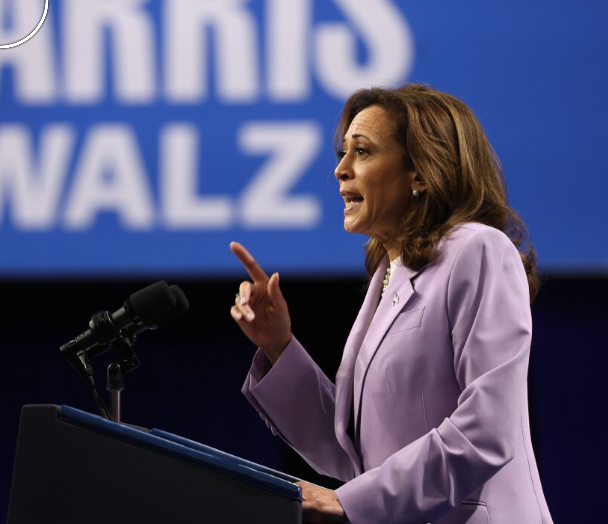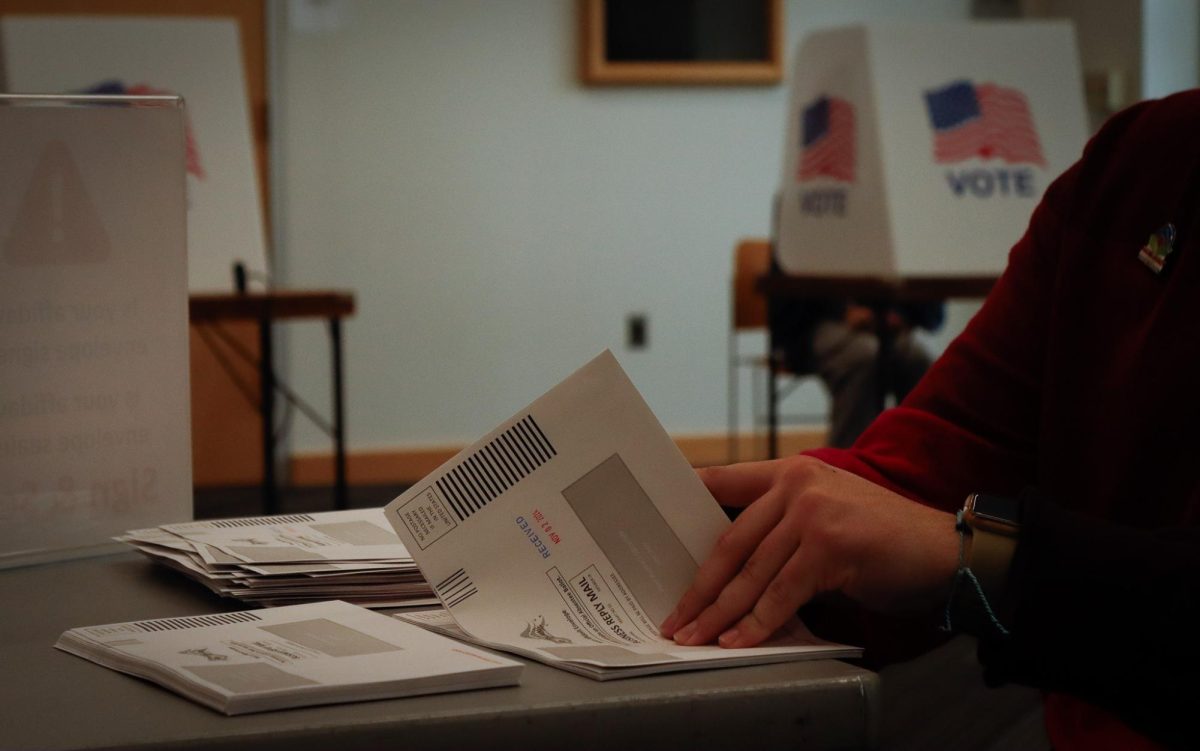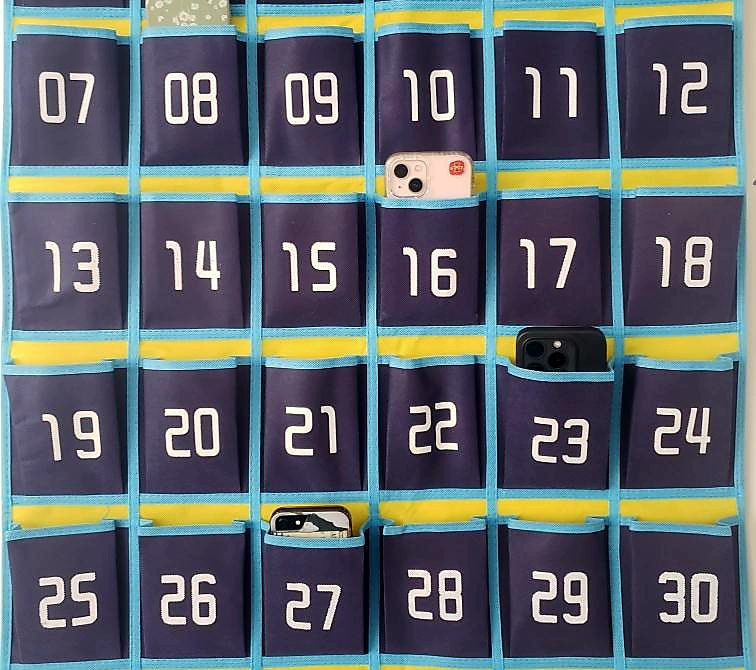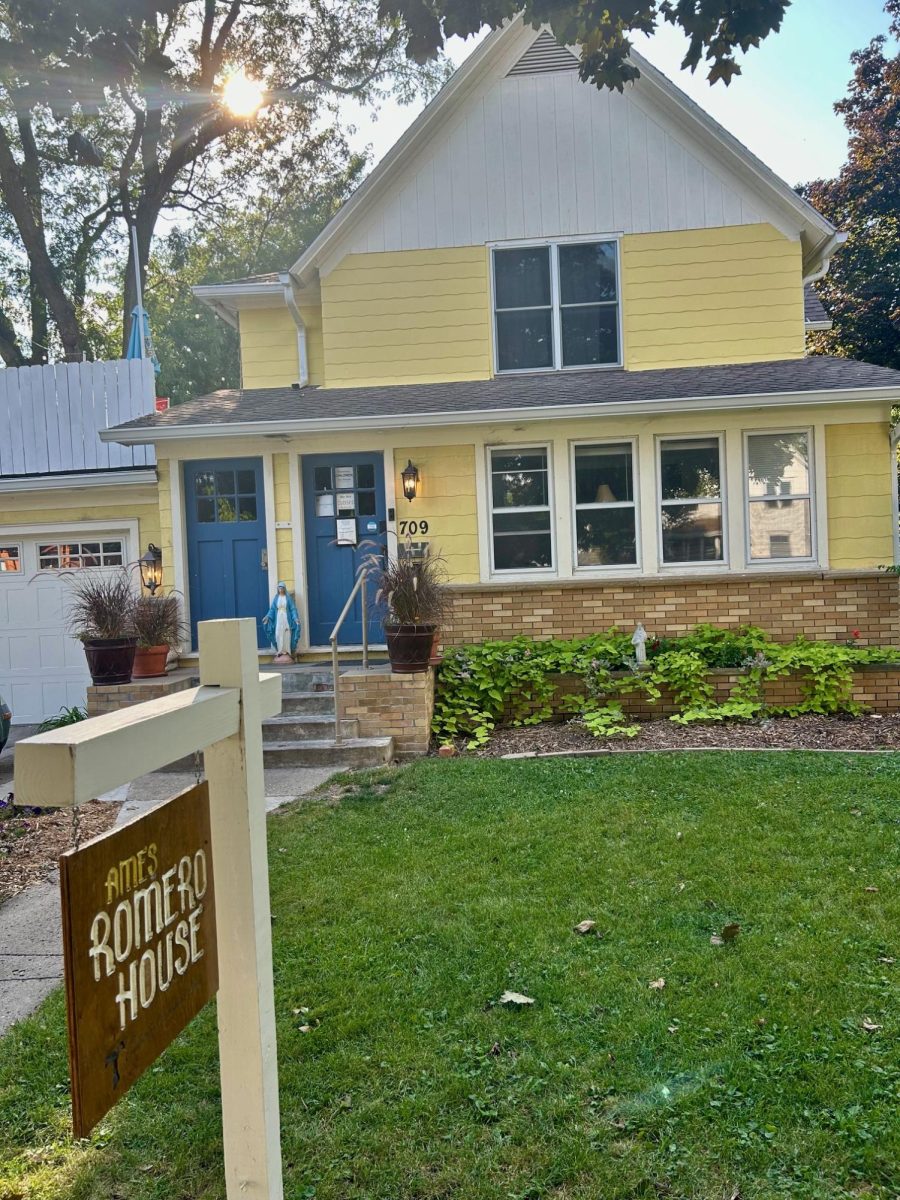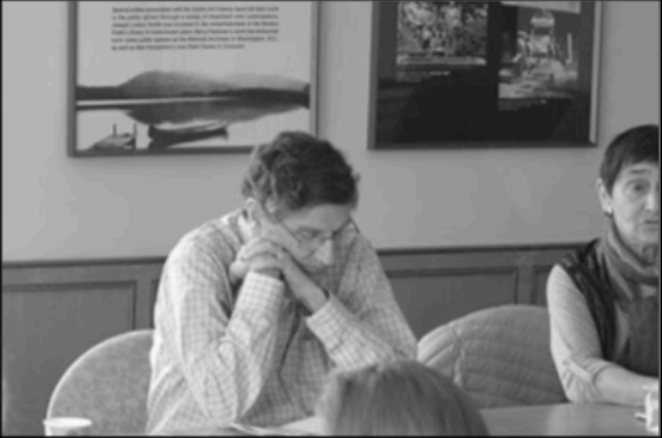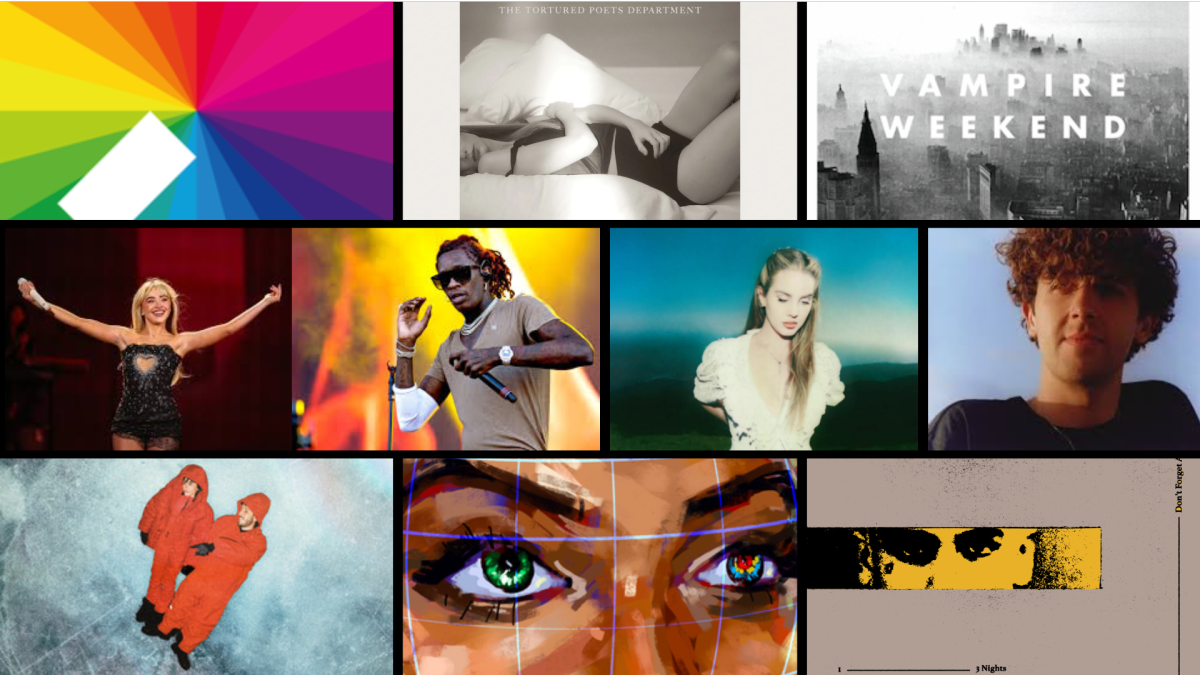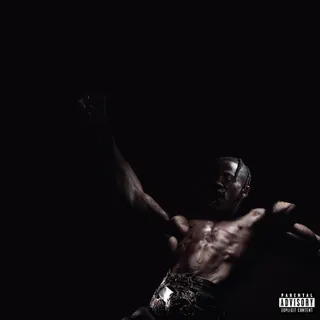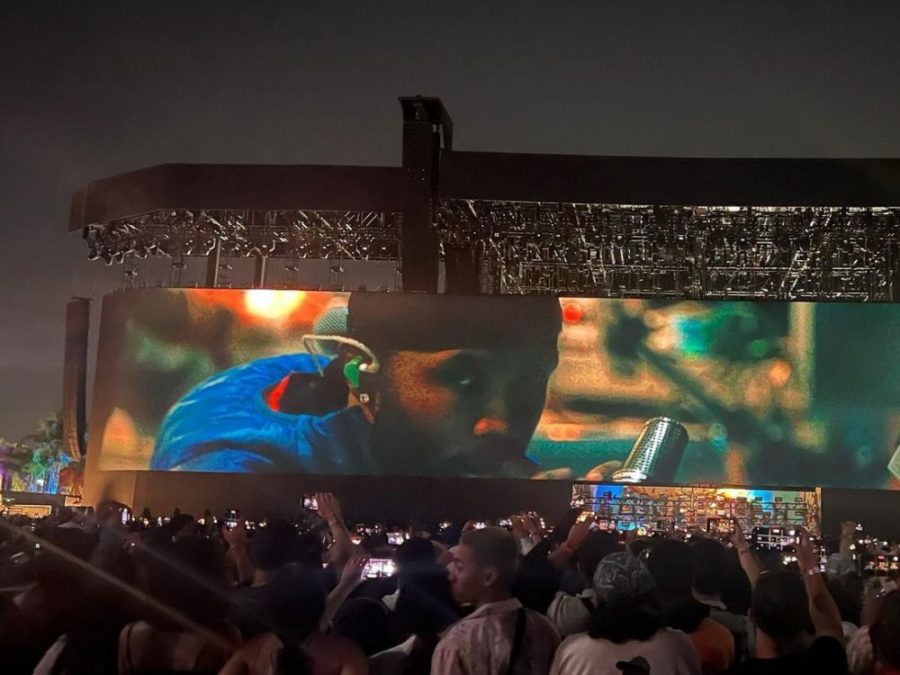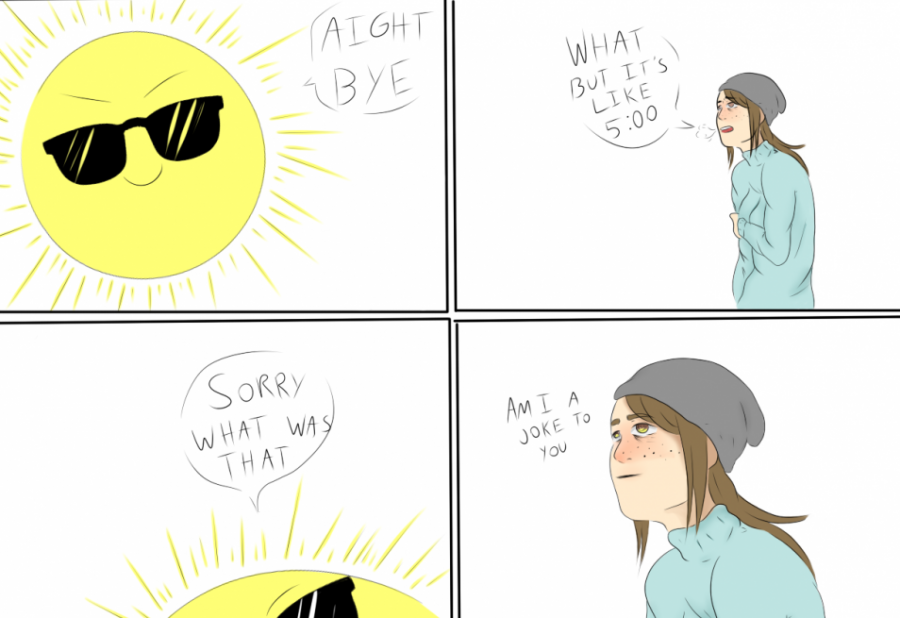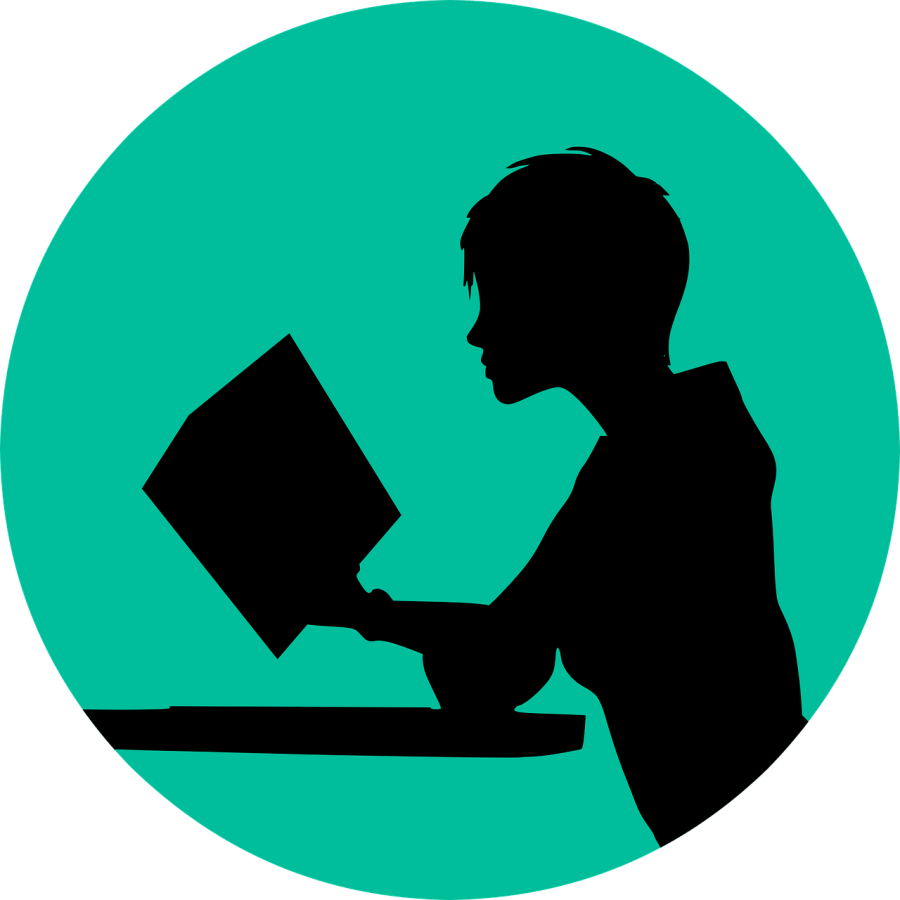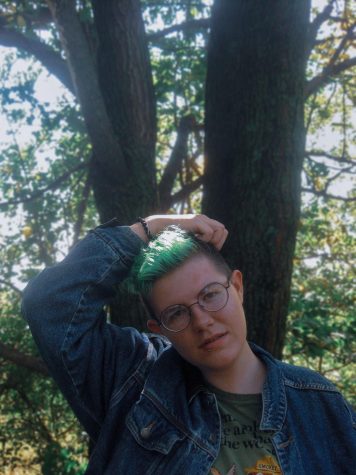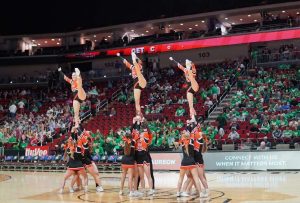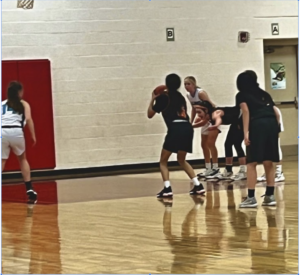Four classes you may not have heard of
March 13, 2019
Anyone who’s flipped through a student course book knows about the class descriptions plastered on the pages. Reading like an IKEA direction manual, some courses sound nothing like what they actually are. Other paragraphs are so formal and technical that it’s hard to figure out what the authors were trying to say.
Hidden behind some of these overly formulated descriptions are hidden gems for next year’s schedules.
COMPUTER SCIENCE
A course for Python and Java programming, Computer Science welcomes anyone with a spark of interest in programming, no matter a student’s experience level. Set up like a lab, students can “experiment on their own with the code,” said Melissa Allman, the computer science teacher. After students learn how to code, they finish the year with a project where students pick their own topic and can work at their own pace and level. “Students have the opportunity to be creative and tailor their project to what they’re interested in, and it’s a great class for problem-solving,” Allman said.
Allman wants to expand the course, fueled by a “personal motivation” to offer the opportunity to learn coding to students. She wasn’t offered coding in high school. “[W]hen I jumped into computer science as my first major in college, I basically felt like I was drowning because I had no background knowledge in coding […] I was overwhelmed,” said Allman.
Computer Science does require that students have taken Algebra 2.
MULTIMEDIA
Multimedia is a class for the people who enjoy using technology and their creative side at the same time. A primarily project based class, multimedia is very hands on; Rhonda Schmaltz, the current teacher, tries to expose students to a variety of ways of doing projects and presentations.
“There’s variety and every semester is not the same […] the projects always come out so much different every time,” said Schmaltz. The audio and video assignments are noted as common favorites, allowing students to use GarageBand and iMovie in creating original songs, procasts, and movie trailers – just to name a few of the assignments.
Schmaltz will be retiring this year, and at the moment the fate of Multimedia is somewhat uncertain. Schmaltz hopes it will still be incorporated, and said that it might be shifted to become integrated with other courses.
YEARBOOK
In charge of the yearly chronicle of high school life, yearbook is for “anyone that likes photography or like creative design,” said Grace Arndt, the current head of staff. Yearbook works on spreads for the yearly issue week by week, giving the entire staff team an opportunity at writing, taking photos, and working on design elements. In the course book Yearbook listed as ‘SPIRIT’. The class is advised by James Webb and is offered every year as an elective to tenth through twelfth grade students.
WEB
The newspaper delivered to home-rooms monthly is curated by the students apart of the journalism elective course. WEB staff are regularly writing articles, however there’s also opportunities for photography and design work. The class is officially titled “Advanced Journalism” in the course books and is advised by Darin Johnson; The WEB is offered every year as an elective to tenth through twelfth grade students.
Ames High won’t be offering a handful of classes next year, and it’s difficult not to wonder what courses will come next. However there are still classes hiding from popular sight that will be continue to give students an opportunity at something new.

